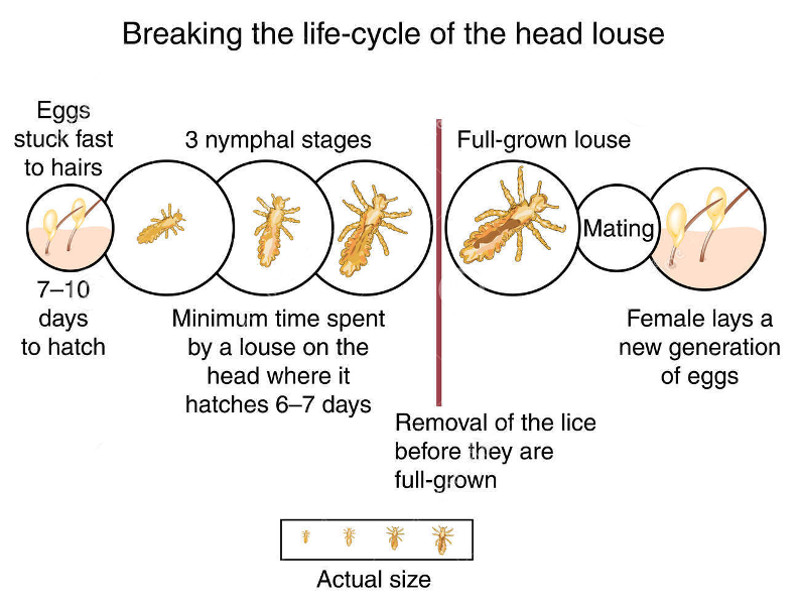Headlice
Headlice
Headlice control is NOT a school responsibility; it is ours as parents/caregivers. We all need to look at how we deal with the problem.
If you do discover headlice –
- Inform class teacher and friends, so they can take appropriate action.
- Treat the affected person only – do not treat ‘in case of’.
- Decide on what treatment is best for you to manage.
Fine combing – this is very successful; however, it does require commitment and perseverance. It involves fine combing of hair (either dry or with conditioner) every second day for 3-4 weeks. Fine combs available from chemists. Your Chemists and Health Shops have a variety of treatments for purchase. These are effective if the instructions are followed correctly.
Here are some simple, easy to manage, suggestions for prevention of headlice.
- If your child has long hair, tie it back rather than leave it loose.
- Checking hair once a week – just add it to the list of ears, toenails and fingernails. N.B. This means check all household members, not just the children!
- No sharing of hats and hairbrushes.
- Wash hairbrushes weekly, leave in the sun to dry.
- Nightly brushing of hair, from the base of the head to the top.
- A few drops of Tea Tree Oil added to the final hair rinse when washing hair, as lice do not like the smell.
- Encourage your child to think of ‘hair’ as an important part of their personal care.
A prescription is available from your doctor for one of the treatments which reduces the cost considerably.

Head lice are small flat insects, about 2–3 mm long. They live on the scalp (the skin on a person’s head where the hair grows from). Head lice lay their eggs (nits) on strands of hair.
Anyone can get head lice – it doesn’t matter how clean or dirty a person’s hair is. Head lice spread by crawling from one person’s hair to another’s – usually between people who are in close contact, such as family or school classmates.
Head lice:
- cannot jump, fly or swim
- do not carry disease
- stay on the scalp after swimming or bathing/showering.
Insects
Head lice can be white, brown or dark grey. They are usually in the hair at the back of the neck or behind the ears.
Eggs (nits)
Female head lice lay about 7–10 eggs each night. The eggs are small and hard (like a grain of salt) and are normally pale grey in colour. Eggs are laid close to the scalp and are normally pale grey in colour. Eggs are laid close to the scalp and are firmly glued to strands of hair. After hatching, the empty egg cases are white.
Eggs hatch in 9 days, and head lice live for 40 days.

